Mooring analysis
Saltwater was contracted to assist with the verification of the mooring lay-out for several vessels.
Offshore floating wind farming calls for innovations that support the installation of the wind turbines. Quicker, simpler and safer installation methods win ground in the wind energy industry.
Introducing

In the offshore floating wind industry, opportunities to reduce costs are substantial. Much is to be gained from innovations that provide quicker, simpler and cost-efficient supporting equipment. Clever engineering have a direct effect on offshore cycle times and thus considerably increase revenue of offshore floating wind projects. At the same time, focus must remain on health and safety considerations as the importance of energy from floating offshore wind appears to be long term.
Typical steps in the process of outbound operations involve:
Obviously, outbound operations have a high risk of weather downtime: the farther away from shore, the higher the risk. Low workability increases cost levels which automatically calls for smart solutions.
In the floating wind technology various types of substructures exist. Although their goal is common, distinctions can be made. This text sheds light on some of differences.
The semi-submersible substructure has three or four buoyant columns and surrounding floating elements that are interconnected by means of pontoons or trusses. Stability is provided by ballast material. Semi-submersibles are suitable for water depths of > 40m and have various design options which makes them applicable in varied configurations. Two pre-commercial pilots have already proved successful.
Barge substructures are smaller than submersibles. They are suitable for water depths greater than 40 m and have a single hull that pierces the waterline. Stability derives from their large surface area in the water. As this obviously makes them more susceptible to waves, various designs provide alternatives to compensate for this.
Suitable for water depths above 100 m, spar substructures are tall cylinders. Dense ballast in their lower part brings their centre of gravity below their centre of buoyancy which makes them self-righting. Their particularly large draft makes them less susceptible to heavy weather conditions on the one hand, but limits site locations due to their difficult towing conditions.
Tension leg platforms, or TLPs, are floating substructures that are used in the oil and gas industry. They are suitable for water depths above 80 m and have design variables in material and construction.
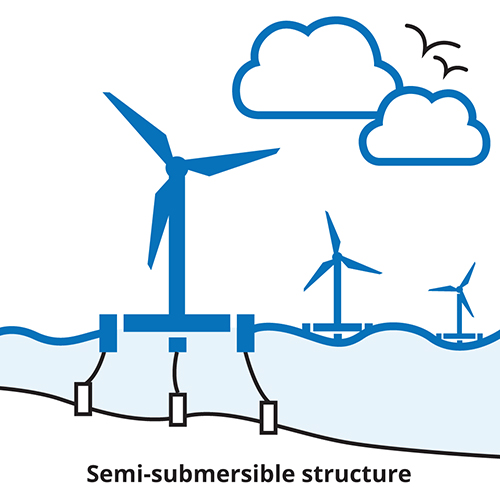
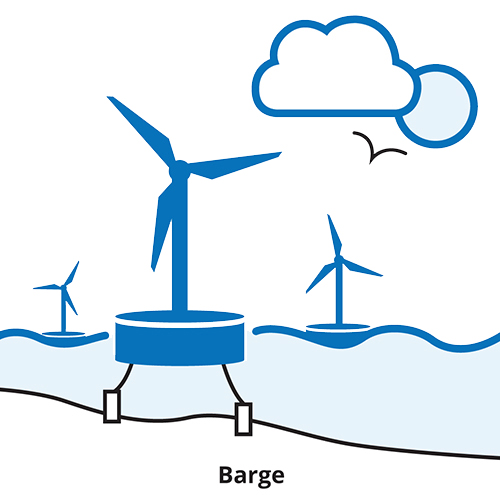
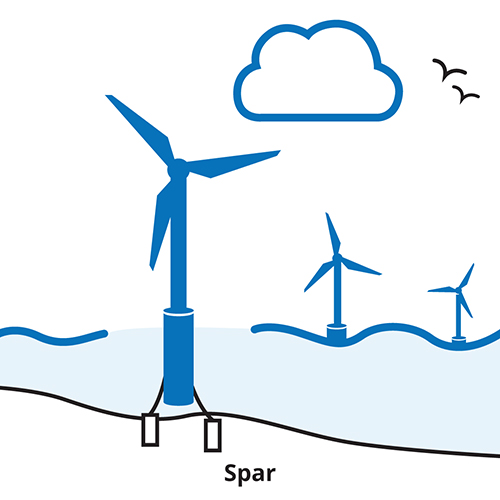
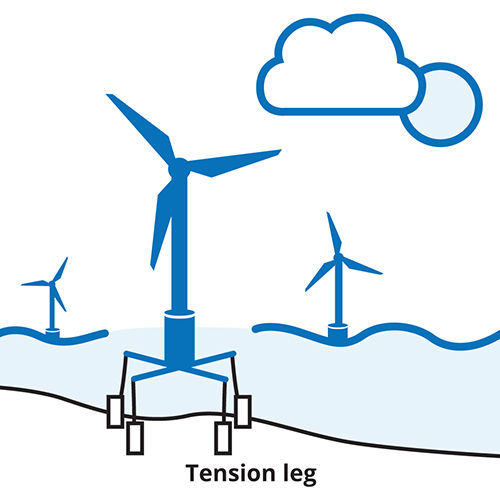

Saltwater presents Blue Sky, a Service operation vessel, specially designed for the emerging offshore wind market.
We are committed to design and develop maritime solutions that reduce the environmental impact and support a low carbon footprint. To deliver innovative and efficient engineering services that meet the needs of our clients and to act as a frontrunner to provide sustainable solutions for the maritime industry. Our strength and strategic choice to focus on both the conversion and the new building market allows us to deliver the best of both worlds to our customers.
We anticipate a massive growth in the sector of wind-, solar energy, open ocean aquaculture and other similar sustainable sectors of the industry where specialized assets such as survey-, construction- and maintenance vessels are required. All of which can potentially be transposed on the existing global vessel fleet by conversion/refit or dedicated new builds.
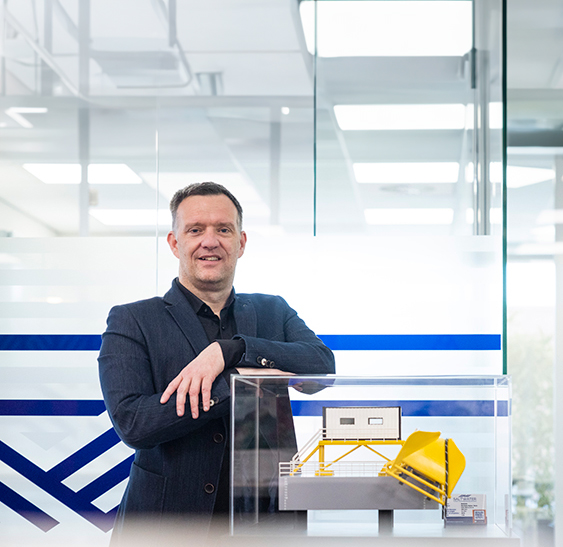
Market outlook
The market appears highly promising, with continual advancements in technology and a growing commitment to sustainable energy solutions. Read more about Saltwater’s outlook on the different impacted market segments.
The expertise of Saltwater in practice
Saltwater was contracted to assist with the verification of the mooring lay-out for several vessels.